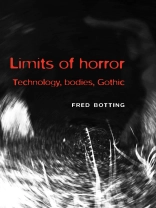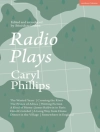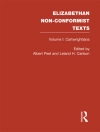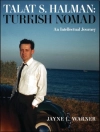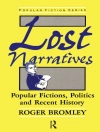Horror isn’t what it used to be. Nor are its Gothic avatars.
The meaning of monsters, vampires and ghosts has changed significantly over the last two hundred years, as have the mechanisms (from fiction to fantasmagoria, film and video games) through which they are produced and consumed. Limits of horror, moving from gothic to cybergothic, through technological modernity and across a range of literary, cinematic and popular cultural texts, critically examines these changes and the questions they pose for understanding contemporary culture and subjectivity.
Re-examining key concepts such as the uncanny, the sublime, terror, shock and abjection in terms of their bodily and technological implications, this book advances current critical and theoretical debates on Gothic horror to propose a new theory of cultural production based on an extensive discussion of Freud’s idea of the death drive.
Limits of horror will appeal to students and academics in Literature, Film, Media and Cultural Studies and Cultural Theory.
Innehållsförteckning
Acknowledgements
Introduction:Horror now and then
1. Daddy’s dead
1.1 Gun of the father
1.2 Beyond the paternal principle
1.3 Gothic times
1.4 Candygothic
2. Tech noir
2.1 Doom with a view
2.2 Gothic shocks
2.3 Reading machines
2.4 Phantasmagoria
2.5 The small scream
3. Dark bodies
3.1 An-aesthetics
3.2 Horreality
3.3 Black holes
4. Beyond the Gothic principle
4.1 A child’s game
4.2 Go-o-o-othic
4.3 Dark precursor
4.4 To infinity and beyond
References
Index
Om författaren
Fred Botting is Professor in the Institute for Cultural Research, Lancaster University.
